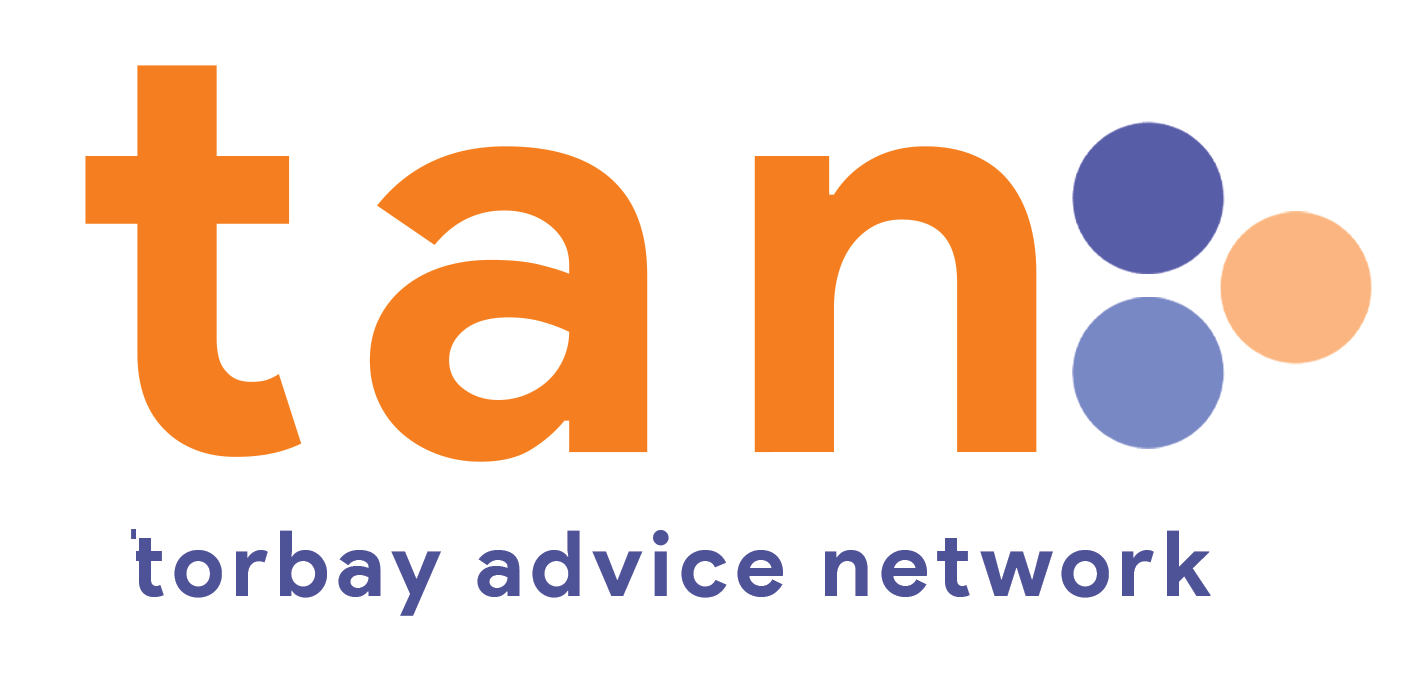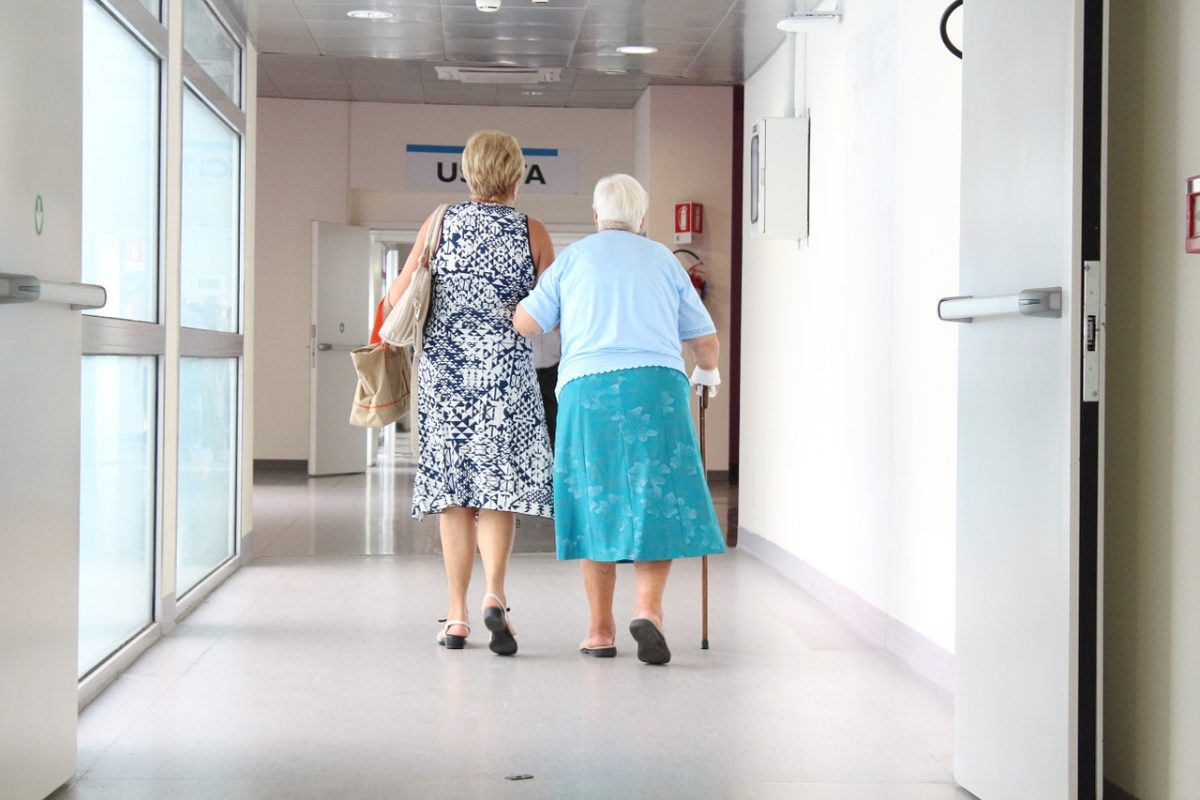This briefing paper shows how the undervaluation of paid and unpaid care drives poverty and inequalities across Britain, and it outlines a transformational vision for change.
There have been two turning points in trends in life expectancy in England this century. From 2011, increases in life expectancy slowed after decades of steady improvement, prompting much debate about the causes. Then, in 2020, the Covid-19 pandemic was a more significant turning point, causing a sharp fall in life expectancy, the magnitude of which has not been seen since World War II.
Many people across the UK in full-time employment still face problem debt and their employment hasn’t been able to shield them from this. The report highlights the potential inadequacy of existing safety nets, the prevalence of in-work debt problems, and gender-specific experiences. YouGov polling commissioned by StepChange reveals that in the UK, among those that are experiencing problem debt (9% and around 2.8 million people), around 52% are in full-time employment.
With neither of the main parties wanting to scrap Universal Credit, whoever wins the election will be governing a ‘Universal Credit Britain’, as the final stage of what has been the biggest benefit reform in a generation is due to end with a system covering 7 million families by 2029. But it is nearly 14 years since Universal Credit was first proposed, and both Universal Credit and the country have seen big changes since then. This note assesses how the current Universal Credit system compares to the legacy benefit system it is replacing, and how changes in the country over the last decade have altered its impact.
In 2017, the UK implemented the two-child limit (2CL) policy. Under this policy, families are no longer eligible for additional Universal Credit or Tax Credit allowances for their third and subsequent children if they were born after 6 April 2017. This policy impacts a significant number of households across the UK, resulting in a noteworthy reduction in family income.
As of April 2023, approximately 1.5 million children live in households affected by the 2CL, leading to an estimated annual financial loss of up to £3,235 per child for affected families. This is expected to rise to £3,455 per child in 2024-2025.
People usually associate the years before state pension age with affluence, not poverty. But the UK is facing a hidden poverty crisis among 60 to 65-year-olds. A quarter of people aged 60 to 65 live in poverty – the highest poverty rate for any adult age group.
In this new research, the Fabian Society’s Sasjkia Otto looks at the roots of the problem and presents a strategy to address it.
Primary care services are the ‘front door’ of the NHS and the main way that people access NHS services. There are four main services: general practices, dental practices, optometrists (eye care) and community pharmacies. Primary care services account for a large proportion of NHS service providers – for example, there are more than 11,000 pharmacies across England, compared with fewer than 200 accident and emergency departments. Many of these primary care providers act as independent businesses, in contrast to secondary care providers (such as acute hospital trusts) that are run directly by the NHS.
The Modernising Support Green Paper will explore how our welfare system could be redesigned to ensure people with disabilities and long-term health conditions get the support they need to achieve the best outcomes, with an approach that focuses support on those with the greatest needs and extra costs.
Council Tax Support (CTS) is a benefit that gives people on low incomes a reduction on their council tax bill. CTS replaced Council Tax Benefit (CTB) in 2013, when support for paying council tax in England was localised. Each local authority now has its own CTS scheme. Since then, the level of council tax debt has more than doubled. We see this in the people coming to us for help; nearly half of our debt clients who receive CTS are still in council tax debt.
This report explores how Universal Credit is affecting income security and financial well-being, month to month, in real life settings.



